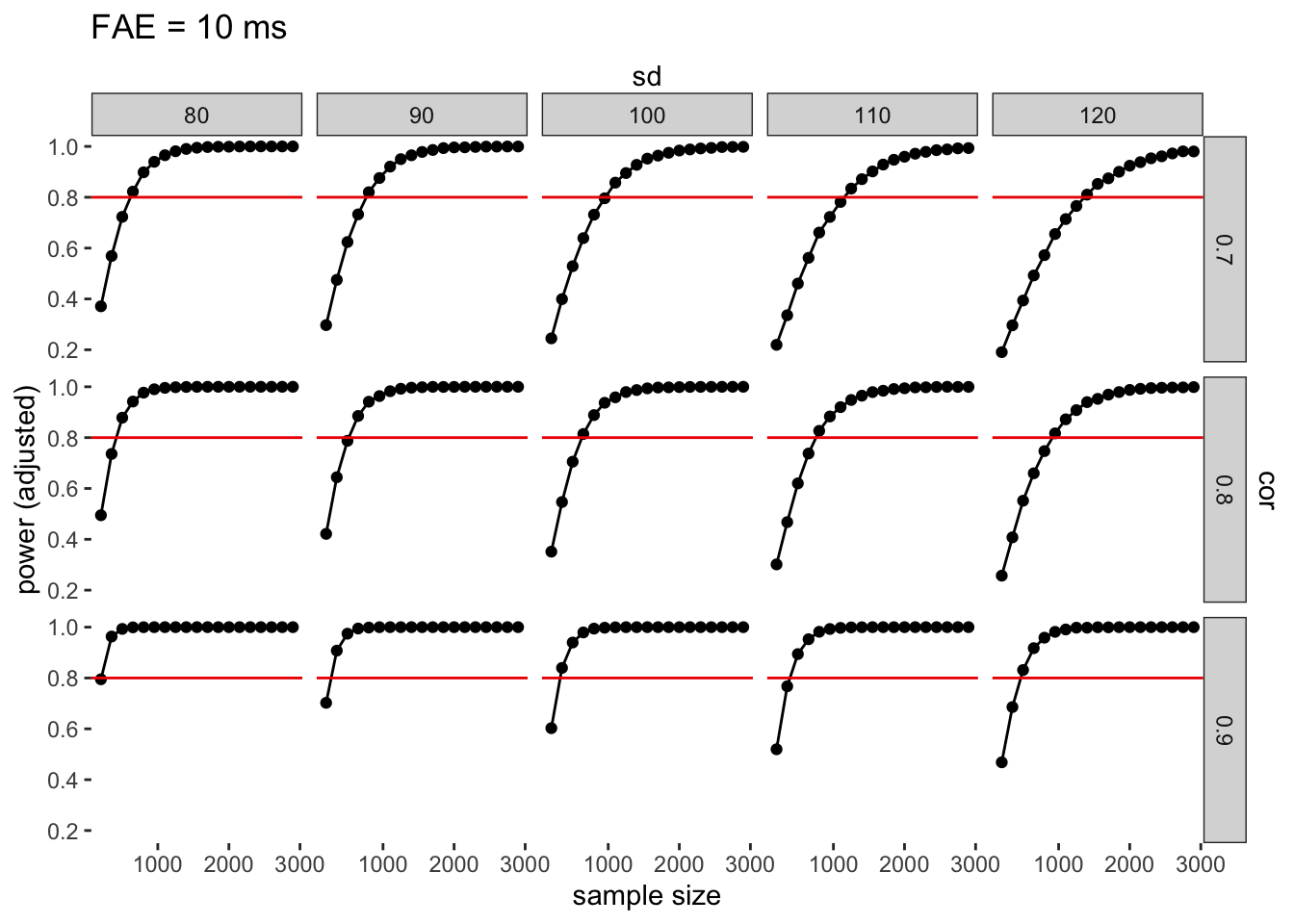| Forster, Davis, Schoknecht, & Carter (1987), exp. 1 |
English |
16 |
60 |
61 |
66 |
5 |
|
[0.02 0.24] |
[0.04 0.84] |
| Norris, Kinoshita, Hall, & Henson (2018) |
English |
16 |
50 |
38 |
51 |
13 |
|
[0.02 0.24] |
[0.04 0.84] |
| Sereno (1991), exp. 1 |
English |
20 |
60 |
40 |
64 |
24 |
|
[0.02 0.33] |
[0.04 0.92] |
| Forster & Davis (1991), exp. 5 |
English |
24 |
60 |
54 |
72 |
18 |
|
[0.02 0.4] |
[0.05 0.96] |
| Bodner & Masson (1997), exp. 1 |
English |
24 |
60 |
29 |
45 |
16 |
|
[0.02 0.4] |
[0.05 0.96] |
| Bodner & Masson (1997), exp. 3 |
English |
24 |
60 |
36 |
50 |
14 |
|
[0.02 0.4] |
[0.05 0.96] |
| Forster, Mohan, & Hector (2003), exp. 1 |
English |
24 |
60 |
63 |
60 |
-3 |
|
[0.02 0.4] |
[0.05 0.96] |
| Kinoshita (2006), exp. 1 |
English |
24 |
53 |
32 |
38 |
6 |
|
[0.02 0.4] |
[0.05 0.96] |
| Kinoshita (2006), exp. 2 |
English |
24 |
53 |
29 |
59 |
30 |
* |
[0.02 0.4] |
[0.05 0.96] |
| Norris & Kinoshita (2008), exp. 1 |
English |
24 |
53 |
35 |
66 |
31 |
* |
[0.02 0.4] |
[0.05 0.96] |
| Forster, Davis, Schoknecht, & Carter (1987), exp. 4 |
English |
27 |
60 |
34 |
25 |
-9 |
|
[0.03 0.46] |
[0.05 0.98] |
| Forster & Davis (1984), exp. 1 |
English |
28 |
60 |
45 |
38 |
-7 |
|
[0.03 0.48] |
[0.06 0.98] |
| Nievas (2010), exp. 1b |
Spanish |
30 |
50 |
44 |
65 |
21 |
* |
[0.03 0.52] |
[0.06 0.99] |
| Nievas (2010), exp. 2a |
Spanish |
30 |
50 or 33 |
51 |
58 |
7 |
|
[0.03 0.52] |
[0.06 0.99] |
| Segui & Grainger (1990), exp. 4 |
French |
36 |
60 |
42 |
45 |
3 |
|
[0.03 0.63] |
[0.07 1] |
| Bodner & Masson (2001), exps. 2A, 2B, 3, & 6 (average) |
English |
40 |
60 |
37 |
69 |
32 |
* |
[0.03 0.68] |
[0.08 1] |
| Rajaram & Neely (1992), exp. 1 |
English |
48 |
50 |
30 |
37 |
7 |
|
[0.04 0.76] |
[0.09 1] |
| Rajaram & Neely (1992), exp. 2 |
English |
48 |
50 |
45 |
78 |
33 |
|
[0.04 0.76] |
[0.09 1] |
| Wu (2012), exp. 5 |
English |
64 |
60 |
31 |
64 |
33 |
* |
[0.04 0.87] |
[0.12 1] |
| Wu (2012), exp. 5 |
English |
64 |
40 |
33 |
51 |
18 |
* |
[0.04 0.87] |
[0.12 1] |
| Mean |
|
|
|
40 |
55 |
15 |
|
|
|
| SD |
|
|
|
10 |
14 |
13 |
|
|
|
| Correlation |
|
|
|
|
|
0.41 |
|
|
|
